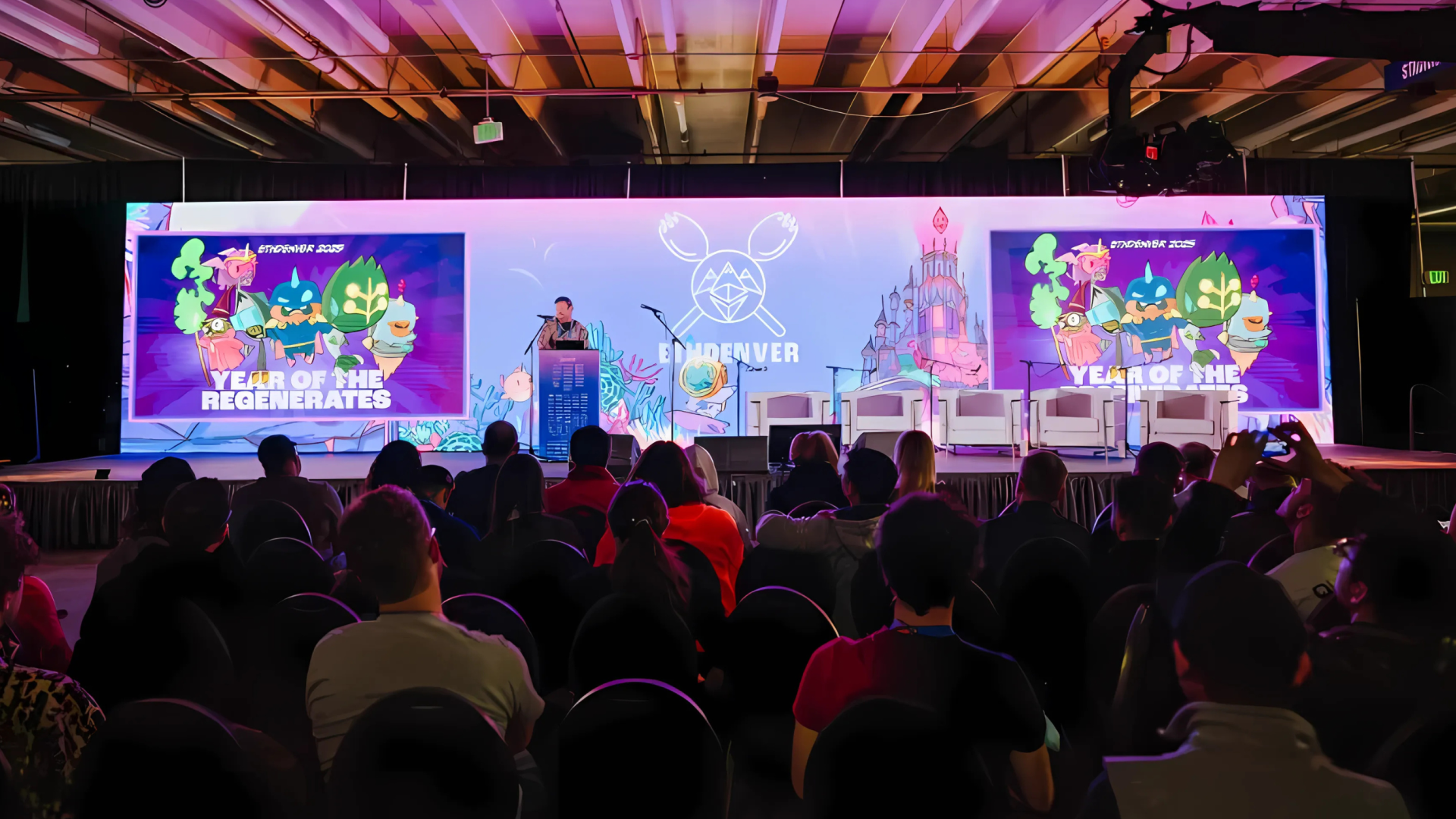Rococo Revamp – Becoming a Community Parachain Testbed
Rococo has come a long way over its short life. It is now ready to evolve into a decentralized, community maintained network.
 By Polkadot•October 15, 2021
By Polkadot•October 15, 2021
By Ben Weiß, Parity Technologies Ecosystem Success Lead
Rococo has come a long way over its short life. Initially conceived to test parachain functionality back in summer 2020, it has now evolved to become the testnet for teams building parachains in the ecosystem.
Rococo V0 enabled the first integrations of Polkadot with Cumulus and HRMP. The next evolution, Rococo V1, was much more focused on parachain consensus, utilizing a production-ready codebase. Announced by Polkadot founder Robert Habermeier as a "holiday gift" at the end of 2020, this updated version was adopted by the Polkadot community, who ramped up their chains to be parachain-ready and worked together to push the technology to its limit.
After multiple iterations, runtime updates and restarts, the technology was refined to the point where Parity’s parachain team was ready to propose the first implementation of the parachain code to the Kusama Council, laying the groundwork for opening the first Kusama parachain auctions. With disputes and approval voting now finalized and a positive Kusama network stability report, the overall parachain code is now ready to go into production, with the first round of auctions beginning on November 11th.
Rococo’s future
Throughout its history, Rococo has been primarily focused on internal testing of parachain consensus functionality. With sporadic and unpredictable restarts, it lacked the long-term sustainability support needed to build extensive Cross-Consensus Message (XCM) format functionalities between projects.
Now the time has come to change the narrative of Rococo, allowing the network to become the enabler for the Polkadot developer community. Over the next few weeks, Parity Technologies and our fantastic community of builders will roll out different features to Rococo in phases to transition it to a completely community-maintained parachain testbed.
This will begin with onboarding the Kusama parachain teams. Parachain teams will have a slot as long as they are connected to a relay chain (Polkadot or Kusama). This will be followed by engaging with bridge builders to onboard the bridges and connect them to long-term slots. At the same time, Parity engineers have already started to develop a parachain onboarding automatization pallet that aims to allow every parachain builder to connect to Rococo on a recurring basis for a restricted time range, targeted for release by early November.
After all these updates and one more restart, it is anticipated that Rococo will be launched with the updated chain spec by the end of November, finally providing a network for the Polkadot ecosystem teams to test their projects and use cases.
Opening Rococo to the community
The last step in the process, for now at least, will be to open up the validator set to the community and transition to a decentralized network, maintained by the community for the community.
With this network evolution, the community will therefore have a much more stable Rococo that follows the release cycles of Kusama and Polkadot and acts as the community parachain testnet. This will provide a playground for parachain teams to develop and test their parachains.
In the meantime, as the pre-production deployment chain for relay chain upgrades and parachain onboarding for Kusama and Polkadot, Westend will still stay as close to Kusama as possible, both in terms of code and storage. Kusama maintains its role as the early, unaudited but incentivized canary network of Polkadot, and Polkadot, of course, functions as the production-grade real-world environment.
We strongly encourage the community to use Rococo’s opportunities to deploy and test cross-chain solutions, pushing the technology of a multichain cross-consensus world to its limits. Together we can advance the vision of Web3, creating a better and fairer internet for all.
Parachain developers and users of the Rococo testnet can join us in the Parachain Technical Element Room. You can access the Rococo UI at Rococo Polkadot-JS Apps. Our documentation on parachains is hosted in the Implementer’s Guide.











